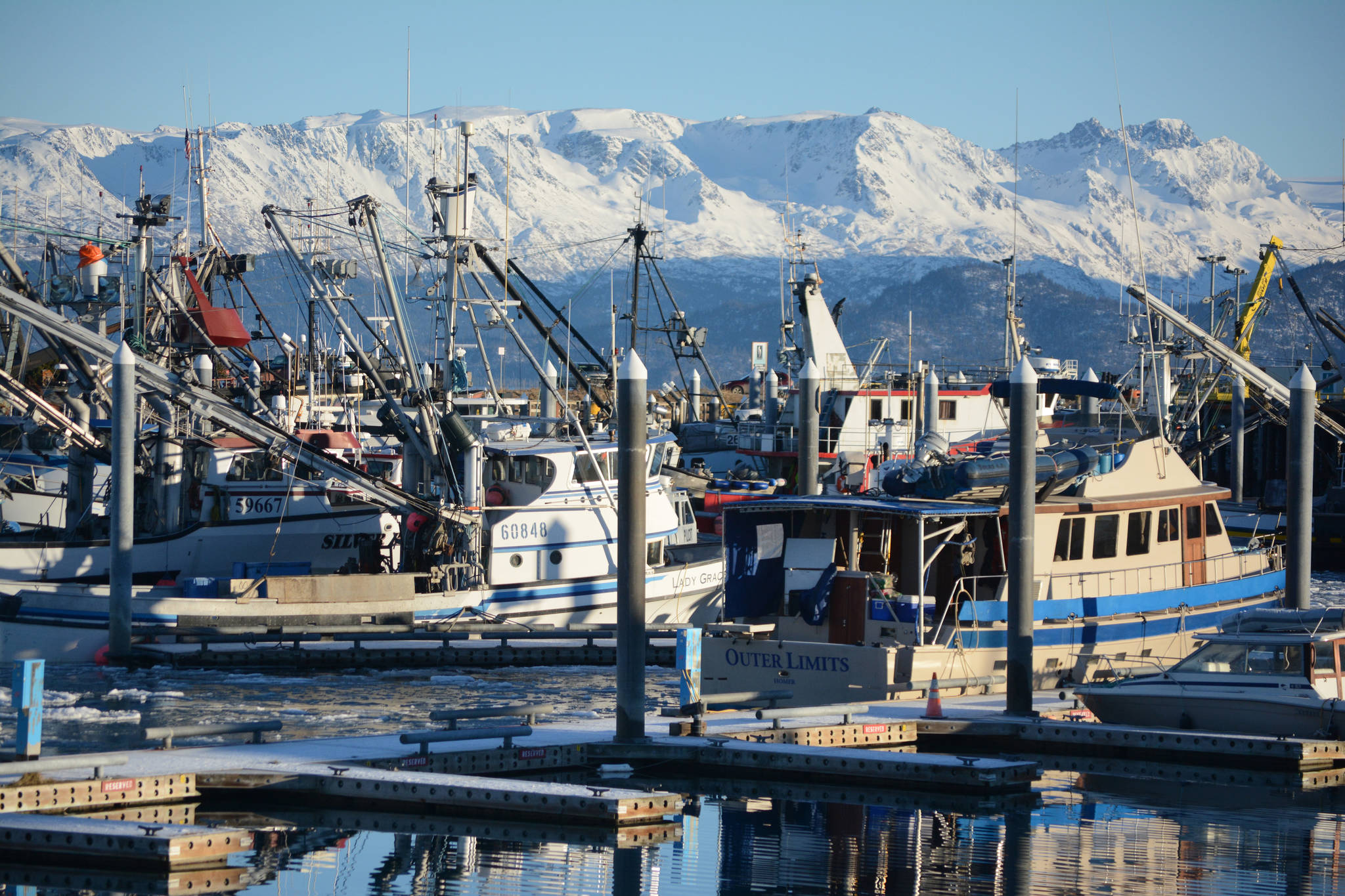The Alaska salmon harvest was substantially above last year’s catch statewide, especially in terms of ex-vessel value.
The preliminary estimated value comes in at $643.9 million, what the Alaska Department of Fish and Game calls “a significant increase” from 2020’s value of $295.2 million.
A total of 233.8 million fish were caught, an increase of more than 98% from the 2020 harvest of 116.8 million fish, largely driven by it being a pink salmon year.
As expected, sockeye salmon made up the bulk of the monetary value, comprising about 56% of the total value at $361.4 million and 24% of the harvest at slightly under 57 million fish, although small fish sizes made for a significant drop in poundage. The sockeye harvest largely takes place in Bristol Bay.
A study by Nature Communications, based on 60 years of taking measurements of Alaska salmon, excluding pinks, shows that Bristol Bay sockeye have shrunk by about a pound on average since 2010, meaning that while the number of fish returning continues to be in record territory, the weight of the 2021 harvest is comparable to 2014, when the total sockeye run was 40.6 million fish, and the harvest was 28.8 million fish.
Tyler Lawson, assistant area management biologist for Area M on the South Peninsula, said that catches were good but there were a lot of small sockeye, which he said were probably headed to Bristol Bay.
“There were a lot of the 1-2’s kind of the younger sockeye” he said, referring to fish that spend one year in fresh water and two years in the ocean before returning to spawn. He said those fish tend to be smaller.
Lawson said that anecdotal reports of large amounts of small sockeye harvested in Area M early in the season, followed by a number of larger sockeye that looked to be bound for Chignik and Upper Cook Inlet, was “in a nutshell, a couple of the big things we saw.”
“It wasn’t until quite a bit later, in July, when we saw the average pick up in terms of (sockeye) poundage,” he said. “Those were probably some different stocks of fish that they were catching then.”
Lawson said that while statewide predictions can come in wildly above or below the forecast, the pink salmon forecast for Area M was “spot on,” coming within about 2%. Pinks are the only stock that is monitored in the South Peninsula.
Pink salmon made up about 28% of the ex-vessel value statewide at $178.8 million, with an outsized portion of the harvest of 69% with 161 million fish.
Cristy Fry can be reached at realist468@gmail.com



